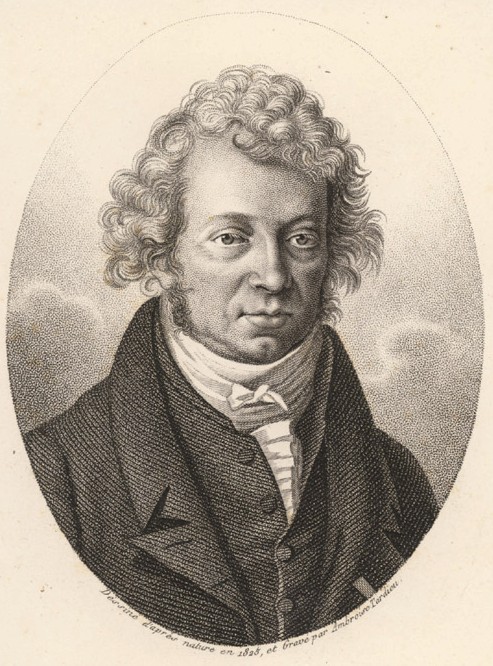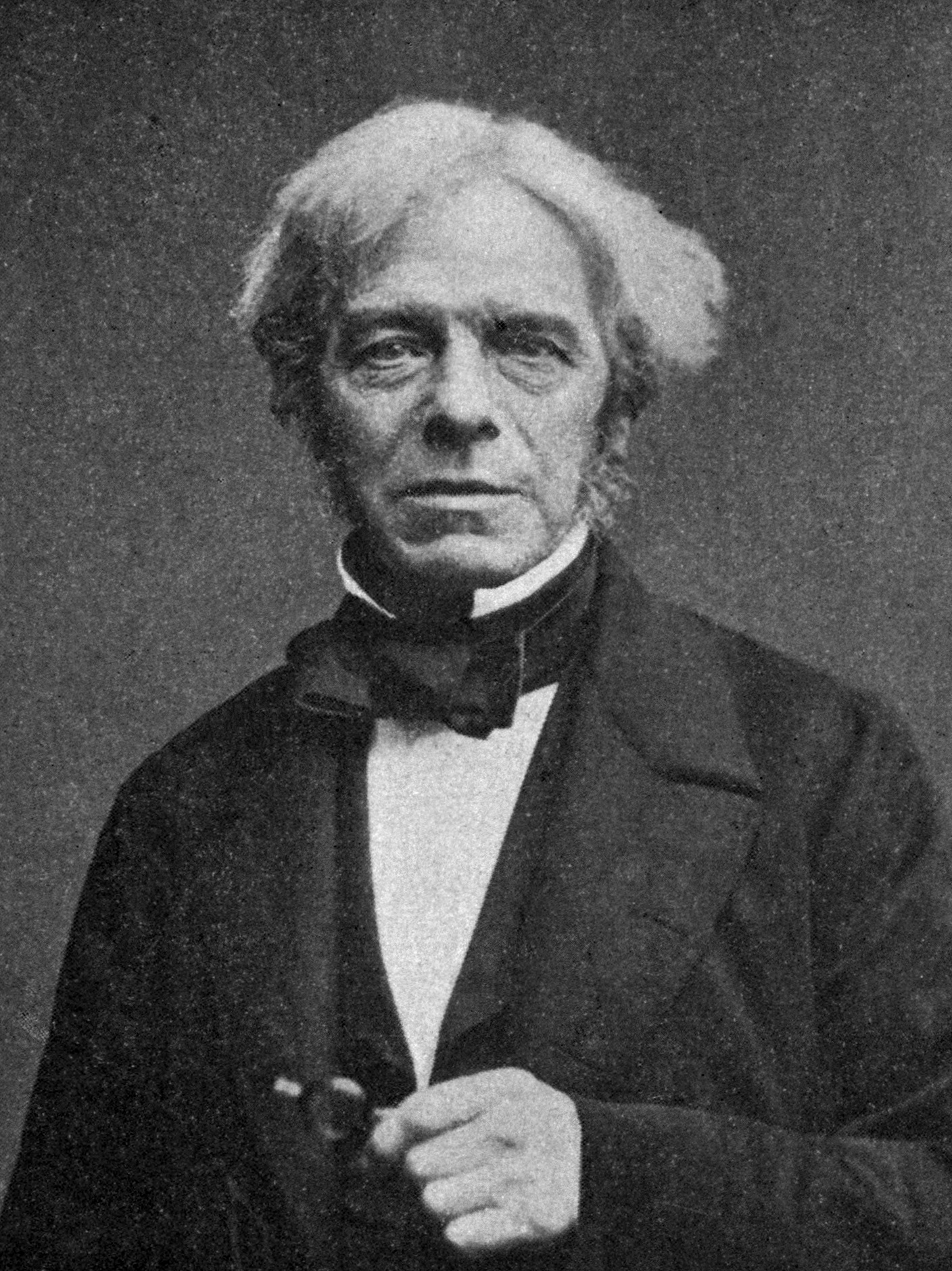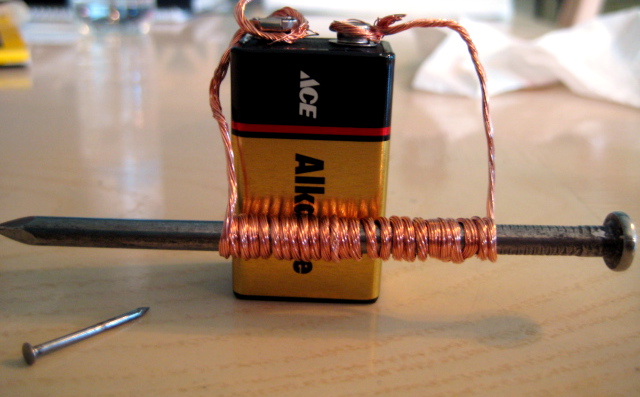 |
| Picture from wikimedia |
André-Marie Ampere decided to study that phenomenon. He discovered the electron, which produces both, electricity and magnetism. But he named it the 'electrodynamic molecule'. Later, other scientists named it the electron.
 |
| By Ambrose Tardieu [Public domain], via Wikimedia Commons |
Michael Faraday discovered that by moving a loop of wire over a magnet, an electric current was produced in the wire. He invented the 'electromagnetic rotary device', the basis for the first electric motor or dynamo.
 |
| By Probably albumen carte-de-visite by John Watkins [Public domain], via Wikimedia Commons |
 |
| Faraday Disk Generator. By Émile Alglave [Public domain], via Wikimedia Commons |
SEPARATING MIXTURES WITH MAGNETS
Electromagnets are made from a wire coiled around an iron rod. The wire is connected to a power source. When the electric current flows along the wire a magnetic field is generated. When you stop the circuit, the electromagnet is switched off. Electromagnets are used in recycling plants to separate iron and steel from plastic, glass or other metals.

No comments:
Post a Comment